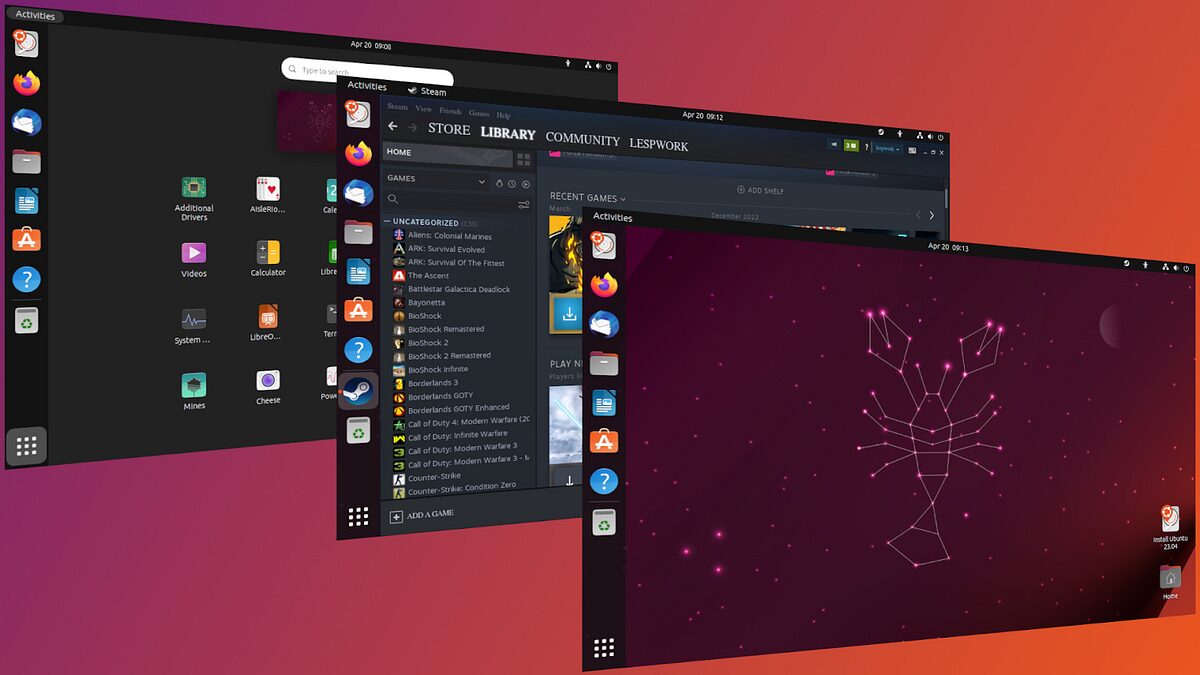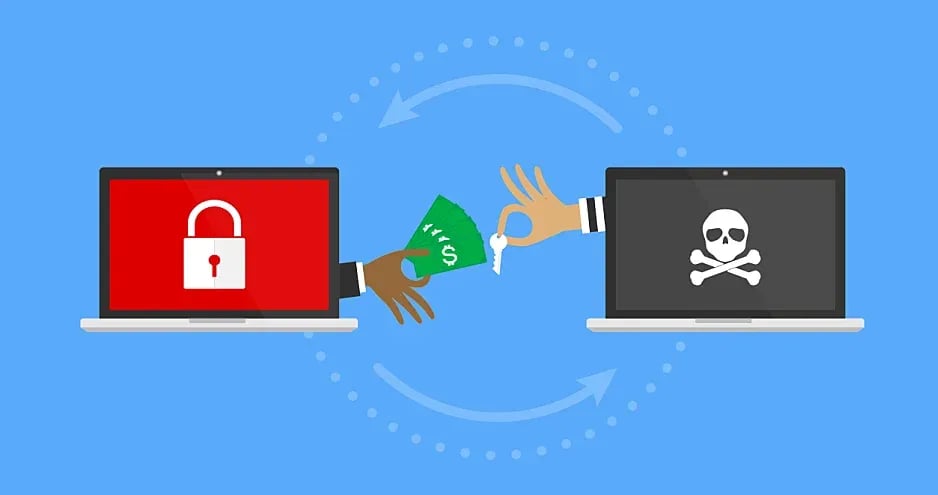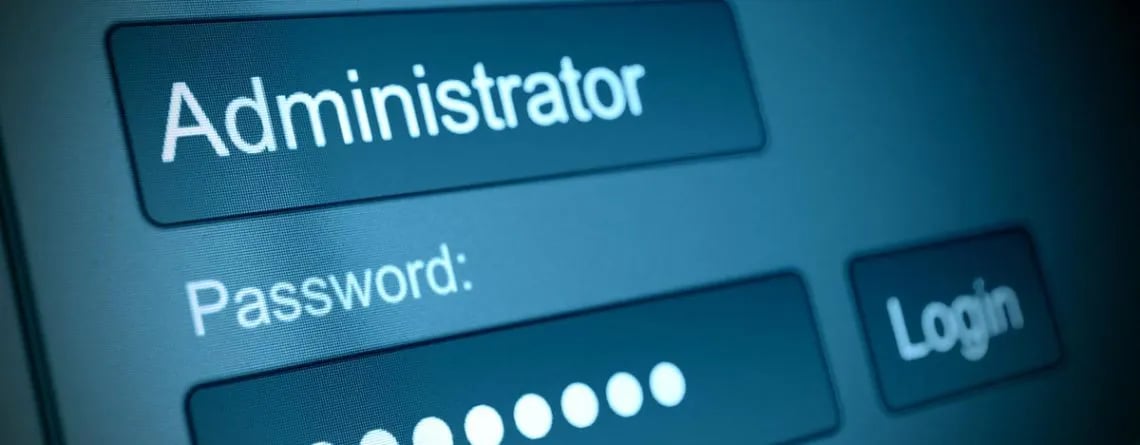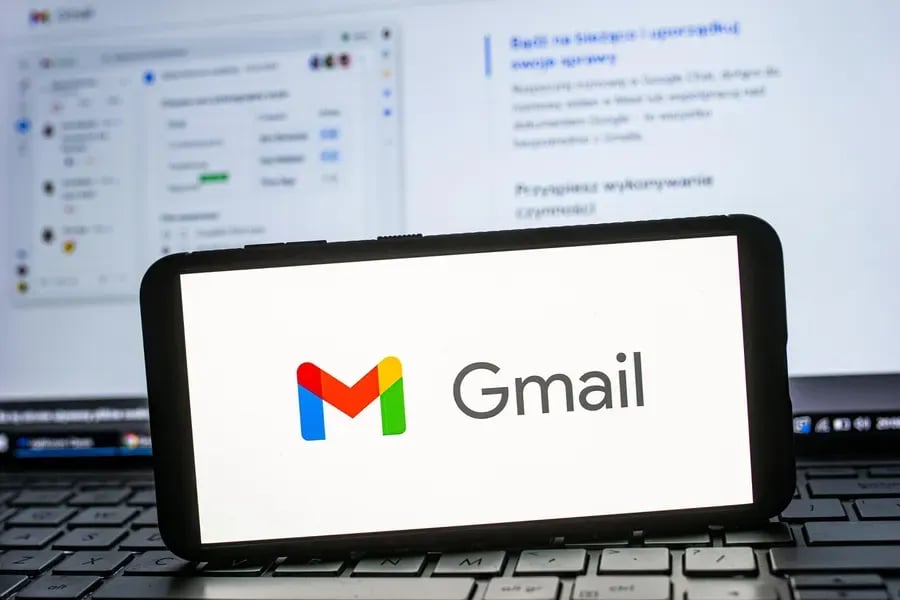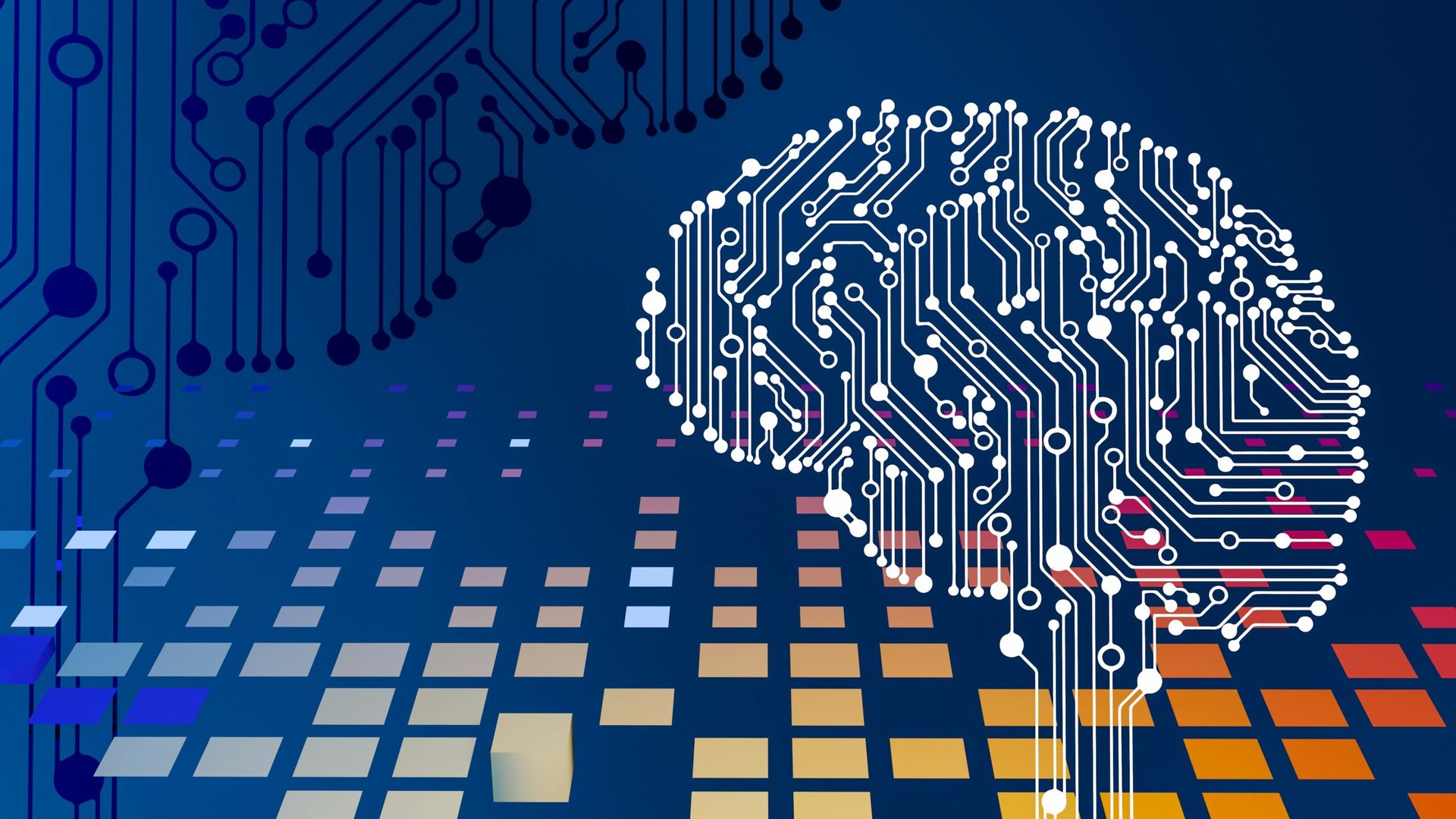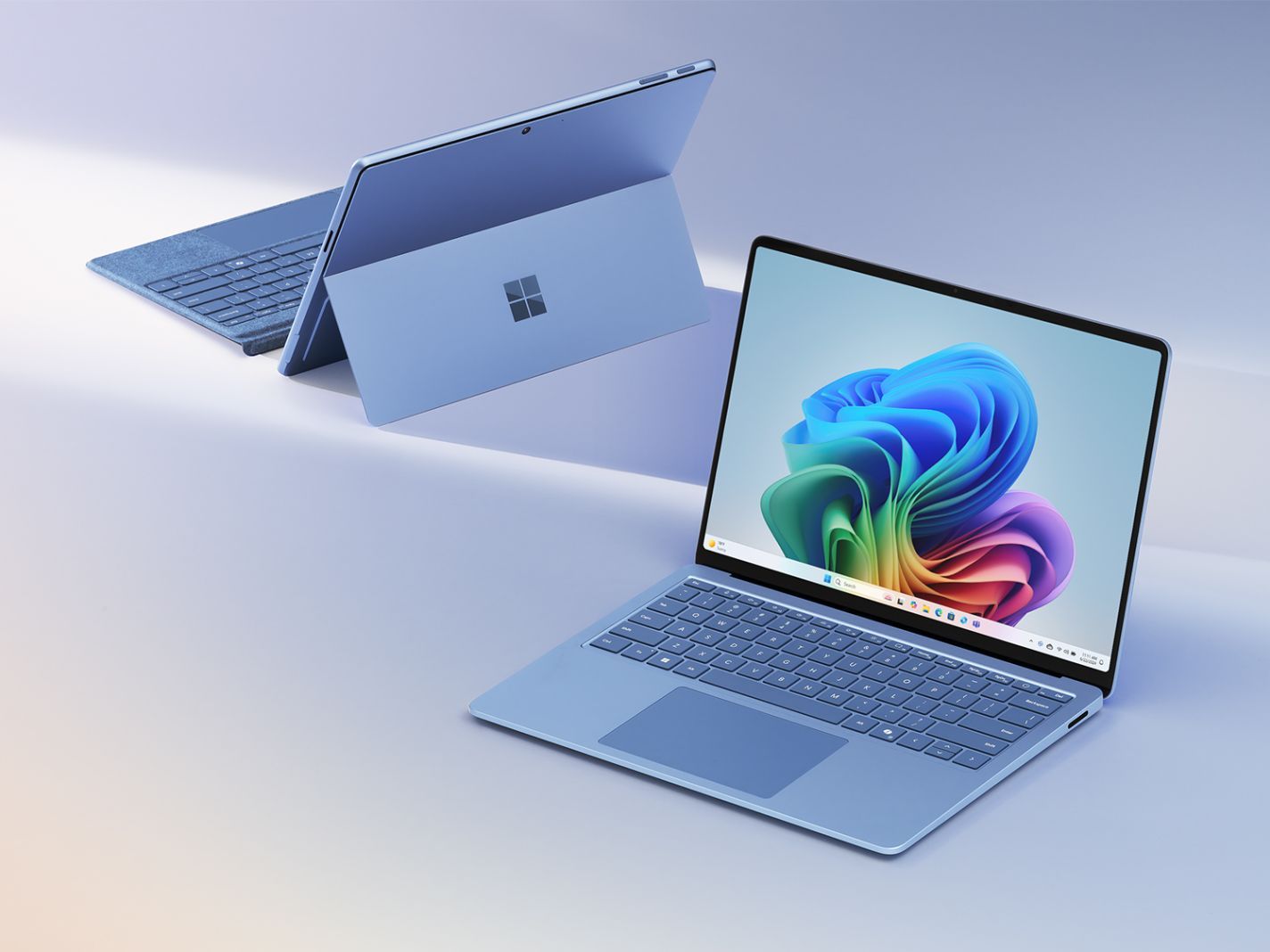A Better Way Than Windows 10: Simple, Stable, and Cost-Effective
If you're still running Windows 10, you're on borrowed time—and that might be a good thing.

Microsoft is officially ending support for Windows 10 in 2025, and many users are already feeling the pressure to upgrade. But the upgrade path to Windows 11 hasn’t exactly been smooth. A growing number of people are frustrated by Microsoft’s strict hardware requirements, which have left perfectly good machines labeled as “incompatible”—despite having years of life left in them.
But it’s not just about the hardware. More and more users are finding that Windows itself feels heavier, slower, and more intrusive than ever. From increased telemetry and ads in the Start Menu to new features like Windows Recall—essentially background screen recording—there’s growing discomfort with how much the operating system is watching, logging, and interrupting. Even simple tasks can feel buried under layers of prompts, forced updates, and distractions.
It’s no surprise, then, that individuals, schools, churches, and small businesses are beginning to ask: Is there a better way to do this?
There is—and it’s Linux.
Today’s Linux isn’t a compromise. It’s clean, modern, and surprisingly easy to use. Especially if you’re already working in the cloud, Linux offers a stable, secure foundation that quietly powers your workflow—without the baggage.
Linux Is for Everyone

Linux isn’t a specialty tool—it’s just a smart choice.
If you’ve used a computer before, you can use Linux. The layout is familiar, apps open the way you’d expect, and everyday work—writing, video calls, working online, sharing files—feels natural. You don’t need training or a technical background. You just use it.
That said, there may be a small adjustment—just like switching from one version of Windows or macOS to another. The buttons may be in slightly different places, and the menus might look a bit new at first. But nothing about it is hard. Most users get the hang of it within minutes. And once you do, the experience is clean, fast, and refreshingly simple.
With modern versions like Linux Mint or Ubuntu, it’s no different from sitting down at any other computer. In fact, most people I’ve introduced to Linux are up and running without a single question.
It’s not a learning curve—it’s a slight change in rhythm. And for many, it’s a better one.
The Browser Is the New Desktop
For most users—roughly 98%—the browser is the workspace.
Whether you’re managing emails, editing documents, jumping into Zoom meetings, or working in tools like Canva, Google Workspace, Expensify, or Microsoft 365, the action happens in the browser. That means the operating system underneath becomes less important—and that’s where Linux shines.
Linux lets you focus on getting to your work quickly, without distractions. No forced updates, no restart nags, no bloated system processes eating away at your hardware. It boots fast, runs lean, and stays out of your way.
If you’ve already moved to cloud-based tools, Linux won’t feel like a change. It’ll feel like a relief.
Don’t Get Caught in Distro Overload

One of the first questions people ask is, “Which version of Linux should I use?” There are hundreds of options—called distributions or “distros”—and if you dive too deep, you’ll find endless opinions.
My advice? Keep it simple. Choose either:
- Linux Mint – for a classic desktop feel that’s familiar to Windows users
- Ubuntu – for modern support, professional polish, and broad compatibility
Both are excellent. They’re actively maintained, easy to install, and have large user communities behind them. Don’t waste time trying to find the perfect distro. Pick one, install it, and move forward. You’ll be fine.
Installing Linux Is Straightforward
Installing Linux today is simple. Download the installer, write it to a USB drive, boot your computer, and follow a clear setup process. It usually takes less than 30 minutes.
The OS will detect your Wi-Fi, displays, printers, and even Bluetooth accessories. When I deployed Linux at work, it automatically recognized over 100 printers across the network—no extra configuration needed. AirPods paired easily. Everything just worked.
If prompted, check the box to install third-party drivers. These ensure smooth playback for media files and better performance for some graphics hardware.
No special expertise is required. It’s fast, clean, and ready out of the box.
Yes, It Works in the Real World
[Image could not be loaded]
At First Baptist Atlanta, we didn’t move to Linux because we had to—we moved because it made sense.
Our hardware could run Windows 11 without issue. But as we looked across the church and school, the cost of licensing, maintenance, and support continued to climb. We were running solid systems, most of our work was in the cloud, and we knew there had to be a simpler, more sustainable option.
That’s when we decided to pilot Linux.
What we found was that the transition was not only easy—it was quiet. Users didn’t have to adjust to a new way of working because, in most cases, their work hadn’t changed at all. They opened their browser, logged into Microsoft 365, Canva, Ministry Platform, Expensify, CaterTrax, and other web-based tools—and just kept going. Zoom worked as expected. We installed OnlyOffice for those who wanted something local, and it felt familiar from day one.
There was no need for formal training. In fact, the only team that needed to adjust was IT—and even that was minimal. From the user's perspective, Linux didn’t get in the way. It just worked.
We also didn’t have to install printer drivers. Linux picked them up automatically across campus. The machines ran faster. The systems stayed stable. Support calls dropped. And the best part? We were no longer paying for unnecessary operating system licenses or add-on tools to keep everything secure.
Linux wasn’t a workaround. It was a strategic decision—and one that saved money without sacrificing the user experience.
If you’re running a church, school, or small business, this isn’t just theoretical. It’s practical. It works. And your people will be just fine.
A Safer System That Lets You Focus

One of the best parts about using Linux is something you’ll probably never notice: it’s just safer.
Most people already know Linux has a strong reputation for security—and that’s one of the reasons it’s used in everything from servers to school computers. But what really matters day-to-day is this: you don’t have to think about it.
You won’t be distracted by pop-ups asking you to install antivirus tools or reboot in the middle of your work. You won’t be constantly updating software to protect against the latest threat. Linux takes care of the essentials quietly, in the background, so your team can stay focused.
For churches, schools, and small businesses—where time and support are already stretched—this kind of stability is a gift. It means fewer interruptions, less maintenance, and more confidence that your devices are working for you, not against you.
When the system is this solid, you don’t have to be a security expert. You can just get back to what matters.
Choosing the Right Tools
If your work is browser-based, you're already covered. But if you want some local apps, Linux has great options:
- OnlyOffice – for documents, spreadsheets, and presentations in a familiar interface
- LibreOffice – a powerful, open-source office suite used around the world
For email, use the web version of Outlook or Gmail. They’re faster, cleaner, and more reliable than any desktop client you’d install on Linux today. There’s simply no need for an email app anymore.
Linux gives you the flexibility to choose what works for you—without locking you into a particular ecosystem.
Final Thoughts
Switching to Linux isn’t about becoming a tech expert. It’s about making a smart, future-ready choice.
It’s a way to keep using the hardware you already own, avoid licensing costs, and reduce the maintenance burden on your IT team. And with most work happening in the cloud, Linux fades quietly into the background—exactly as it should.
If you’re tired of being told your working computer is suddenly “too old,” or if you're just looking for a simpler, more stable way to work, Linux is ready.
No, it’s not Windows. And that’s the point.
Bibliography
Gagliordi, N. (2023, September 6). Windows 10 support ends in 2025. Here's what to do next. ZDNet. https://www.zdnet.com/article/windows-10-support-ends-in-2025-heres-what-to-do-next/
Microsoft. (2023). Windows 10 support lifecycle. Microsoft Support. https://learn.microsoft.com/en-us/lifecycle/products/windows-10-home-and-pro
Cimpanu, C. (2021, June 24). Windows 11 won’t run on many PCs, and Microsoft is fine with that. The Record. https://therecord.media/windows-11-wont-run-on-many-pcs-and-microsoft-is-fine-with-that
Gendler, G. (2023, June 30). Microsoft’s Windows Recall feature raises serious privacy concerns. Ars Technica. https://arstechnica.com/gadgets/2023/06/microsofts-windows-recall-feature-raises-serious-privacy-concerns/
StatCounter. (2024, March). Desktop Operating System Market Share Worldwide. https://gs.statcounter.com/os-market-share/desktop/worldwide
Noble, J. (2023, November 20). Why Linux is more secure than Windows and macOS. TechRadar. https://www.techradar.com/news/why-linux-is-more-secure-than-windows-and-macos
Red Hat. (2023). Total cost of ownership: Linux vs. Windows. Red Hat Insights. https://www.redhat.com/en/resources/linux-vs-windows-total-cost-ownership-infographic
Deloitte Insights. (2022). Linux adoption in the enterprise: Driving agility and cost control. https://www2.deloitte.com/insights/us/en/focus/tech-trends/2022/linux-enterprise-cost-efficiency.html
Linux Foundation. (2023). State of Open Source Report 2023. https://www.linuxfoundation.org/resources/publications/state-of-open-source-2023
Kissinger, D. (2022, October 18). Why schools and nonprofits are turning to Linux. EdTech Magazine. https://edtechmagazine.com/k12/article/2022/10/why-schools-and-nonprofits-are-turning-linux

